We rely on automobiles for our daily necessities. However, the car is only sometimes in our favor. Problems might strike at any time. For instance, the engine sputters, and you discover white smoke blowing all around. Usually, when your engine sputters, it’s because you’re low on gas, and it’s trying to get your attention. But what if you have plenty of gas?
If your engine sputters and you have plenty of petrol, it’s typically a sign that there’s a deeper issue that needs rapid treatment. This symptom is frequently associated with a problem with your exhaust system, fuel, or unclean or worn parts.
In this discussion, we will highlight the reasons why car sputters and blows white smoke. Let’s dive into the details!
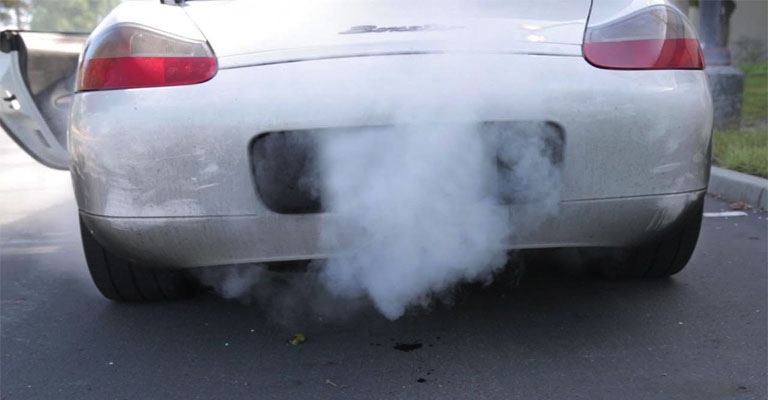
Reasons Of Car Sputters And Blows White Smoke
Internal combustion is present in moving cars, and incomplete combustion results in sputtering. While a sputtering engine may not appear to be a significant issue, ignoring it typically results in a costly repair. So before facing these unwanted issues, you should know the reason for car sputters.
Low amount of gas
When your car provides a low amount of gas, an engine will continuously start to sputter. A shortage of fuel will cause the engine to struggle with the situation, and the car won’t start anymore.
If your car’s equipment is having trouble running, you should monitor the fuel level first. If the gas gauge still shows gas in the tank, you are unlikely to be low on gas or out of gas.
Dirty Mass Airflow Sensor
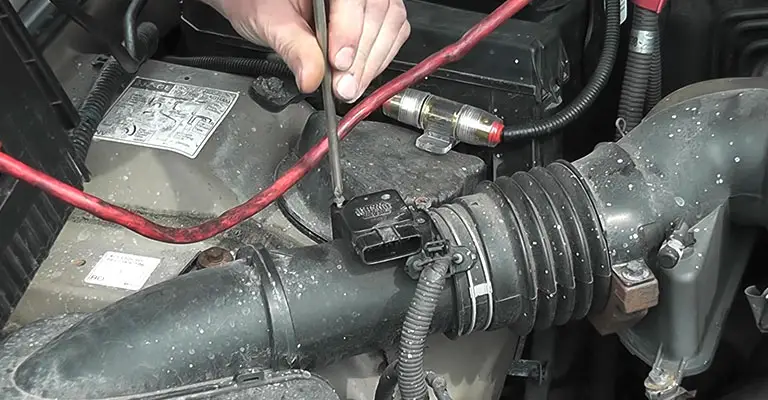
A filthy mass airflow sensor can cause sputtering. The sensor monitors the mass and temperature of incoming air to the engine. Numerous issues, such as decreased fuel efficiency, sputtering, inferior engine performance, and even stopping, can be brought on by a filthy mass airflow sensor.
Faulty fuel system
A sputtering car engine is usually caused by a fuel supply system issue, such as pumps, filters, or injectors. These parts work together to pump fuel evenly into the engine from the tank to the injectors.
The method provides the optimal air-combustion fuel mix for your car. If any portion gets blocked with dirt or debris can cause engine performance issues like sputtering and could create white smoke.
Failing Catalytic Converter
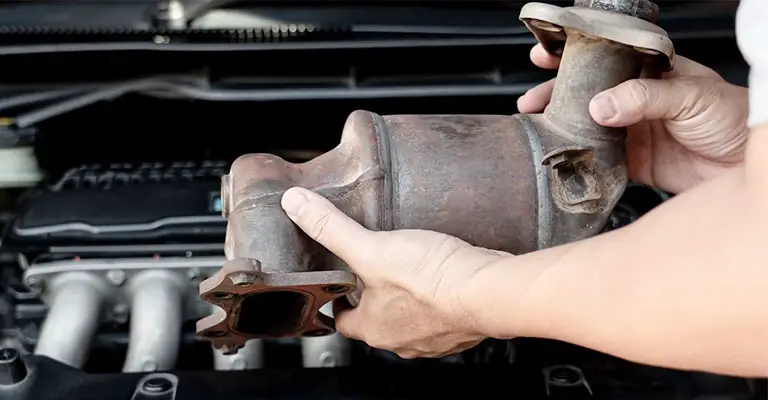
A defective catalytic converter could cause your car’s sputter the engine. The function of the catalytic converter in your car is to reduce the quantity of pollution produced by the car, which results in lessening the white smoke.
Worn-out Spark plugs
When your car sputters and releases white smoke, it could indicate that your spark plugs need to be replaced. Engine spark plugs are little but essential, and the engine sparks the air-fuel mixture that powers your car. If they are unclean or worn, your vehicle may not start.
Loss of Vacuum Pressure
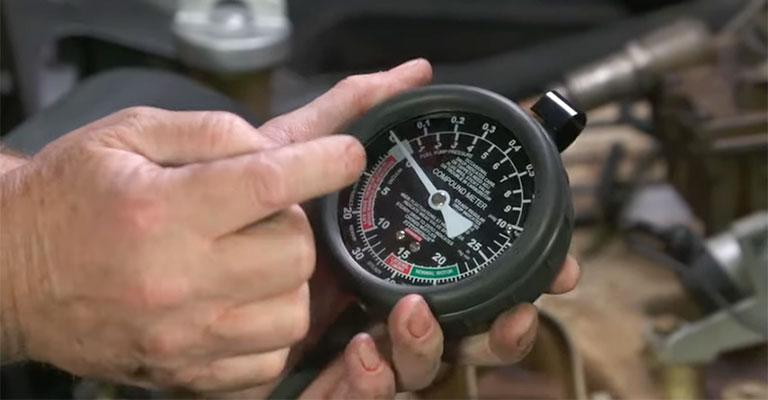
Every automobile has a system of vacuum hoses that, when connected, generate fuel pressure. You will experience a considerable drop in fuel pressure if either of these two components: develops a leak or is damaged.
Exhaust Leak
The exhaust system of a vehicle can have a significant impact on engine performance. An exhaust leak usually causes toxic exhaust gasses to enter the car engine and cause serious difficulties.
Bad Seals or Gaskets
The vehicle’s fuel, exhaust, gearbox, cooling, and engine have numerous seals and gaskets. Engine performance will suffer when one of these seals wears out or gets weak.
Failing Oxygen Sensors
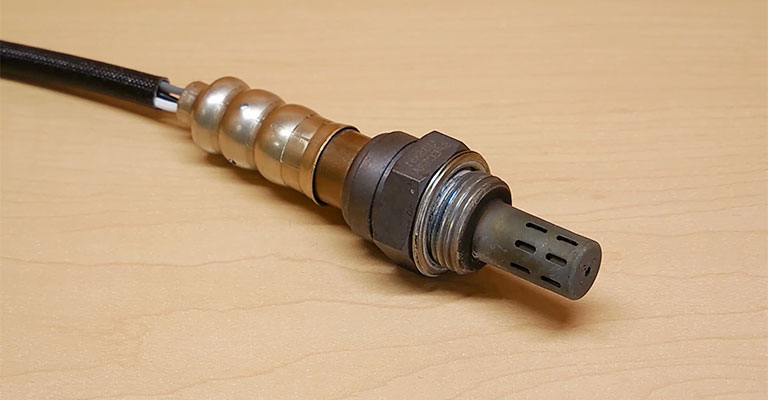
Oxygen sensors are crucial for exhaust systems as well. The exhaust system and your car’s engine performance will significantly impact if an exhaust sensor malfunctions or provides the car’s computer with incorrect readings.
How To Stop My Car From Sputtering and Blowing White Smoke?
In this discussion, we have identified 9 reasons for car sputters and blowing white smoke. Some problems are common, and some are signs of significant issues that you should immediately pay attention to.
In this section, we’ve provided some remedies to the most typical sputtering automobile engine problems.
- Verify for broken wire conductors.
- Check secondary ignition system components.
- Examine spark plug wire insulation for burns.
- Ohmmeter the ignition coil resistance.
- Inspect fuel injectors.
- The fuel spray pattern.
- Air intake assembly removal.
- Check engine vacuum hoses.
- Vacuum hoses need replacement.
- If your vehicle has a throttle body injector, start it and observe.
- Replace fuel and air filters as specified by the manufacturer.
If the diagnosis finds out any faulty or damaged part, replace it with the right replacement part. You’ll most likely get rid of this annoying problem.
Leave a Reply